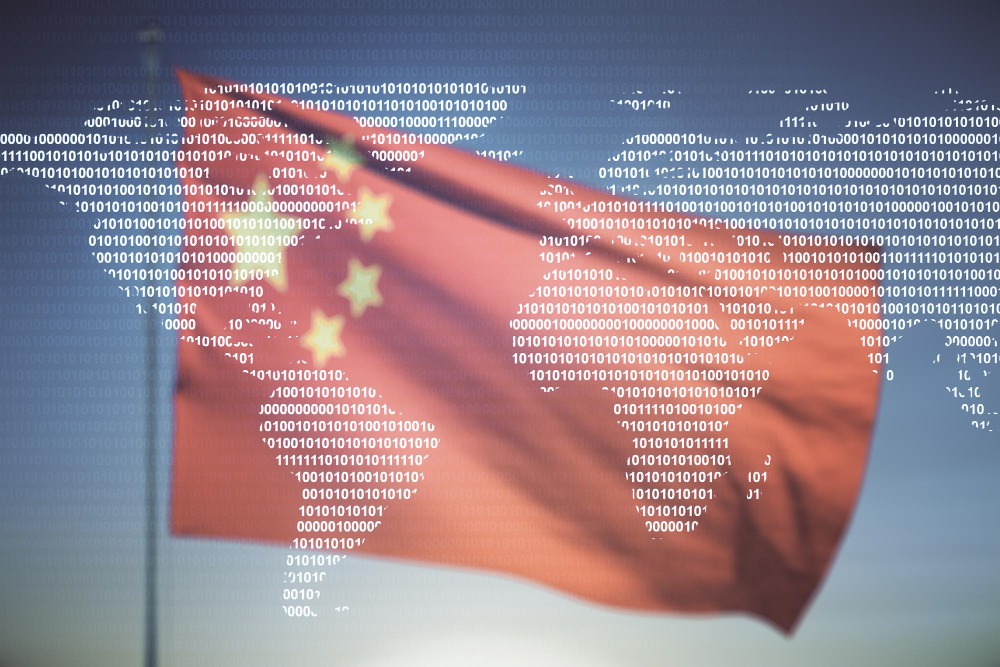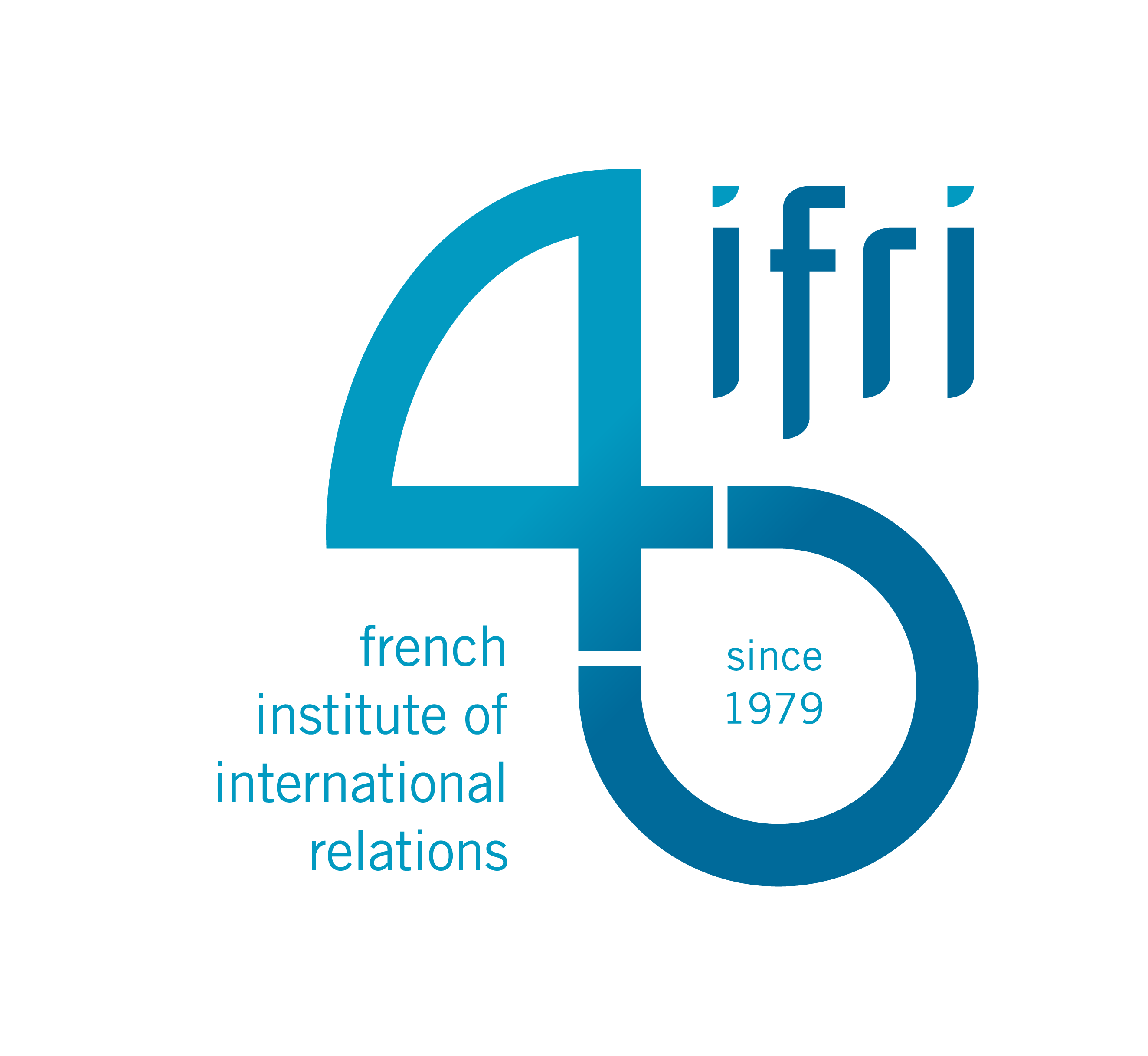Outbound investments into rival powers are receiving increasing political attention on both sides of the Atlantic, as competition between the United States and China intensifies. The concern lies with American and European investments in certain Chinese technologies – such as artificial intelligence, biotechnology, semiconductors, or quantum computing – which could enable China to enhance its military capabilities and thus may pose risks to national and international security.
In recent years, the United States and the European Union (EU) have stepped up their controls on inbound foreign investment to guard against the risks it poses to sovereignty and the protection of intellectual property. Now, the focus has been extended to outward investment from the U.S. and Europe to certain “foreign countries of concern” – primarily China.
In the U.S., President Biden signed an executive order on August 9, 2023, targeting American investments in certain Chinese technologies. This order imposes notification requirements and prohibitions that are set to take effect in 2024. In light of these U.S. initiatives and encouragement, the EU has also been examining, over the past few months, whether additional control tools are necessary. The EU Commission published its first White Paper on Outbound Investments in January 2024. Unlike the Biden administration, the Commission does not explicitly target China.
A narrow set of technologies, which are the focus of our study, are attracting growing political scrutiny:
For both Brussels and Washington, one of the main challenges in assessing the risks associated with outbound investments is the lack of available data on these investments. The Commission’s White Paper even refers to a “substantial knowledge gap” in this area.
The aim of this study is therefore to provide some preliminary insights to help close this knowledge gap through a quantitative analysis of European and American investments in the four sectors mentioned above. What is the scale of these investments? Among these four sectors, which technology sector attracts the most investment from Americans and Europeans? Who are the main investors? Can we already identify any high-risk transactions?
About the Author
Mathilde Velliet is a Research Fellow at Ifri’s Geopolitics of Technology Center since September 2021. Her research focuses on international issues related to new technologies, particularly American and Chinese technology policies as well as U.S.-China relations. She is also a PhD candidate in American civilization at the University of Paris (LARCA) and the University of Aix-Marseille (LERMA). Her doctoral thesis focuses on U.S. policies that protect strategic technologies in response to the China threat under the Obama, Trump and Biden administrations.


